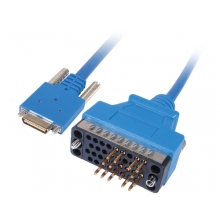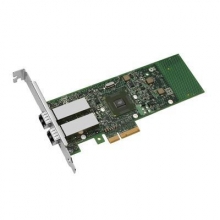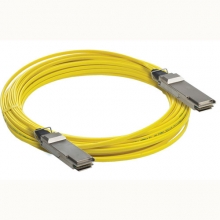- Optical Transceivers
- SFP+ Transceivers
- XENPAK Transceivers
- XFP Transceivers
- X2 Transceivers
- SFP Transceivers
- Compatible SFP
- 3Com SFP
- Alcatel-Lucent SFP
- Allied Telesis SFP
- Avaya SFP
- Brocade SFP
- Cisco SFP
- D-Link SFP
- Dell SFP
- Enterasys SFP
- Extreme SFP
- Force10 SFP
- Foundry SFP
- H3C SFP
- HP SFP
- Huawei SFP
- Intel SFP
- Juniper SFP
- Linksys SFP
- Marconi SFP
- McAfee SFP
- Netgear SFP
- Nortel SFP
- Planet SFP
- Q-logic SFP
- Redback SFP
- SMC SFP
- SUN SFP
- TRENDnet SFP
- ZYXEL SFP
- Other SFP
- FE SFP
- GE SFP
- OC3 SFP
- OC12 SFP
- OC48 SFP
- Copper SFP
- CWDM SFP
- DWDM SFP
- BIDI SFP
- Fiber Channel SFP
- Multi-Rate SFP
- SGMII SFP
- Compatible SFP
- GBIC Transceivers
- Passive Components
- Networking
- Cables
- Equipments
- Tools
- Special Offers


HP’s ProCurve E8200zl with the 10GBASE-T blade that is based on Solarflare’s PHY
Marvell’s entry into the market greatly legitimizes 10GBASE-T. While one might consider the sales of Teranetics to PLX and of Solarflare’s assets to Marvell as bad news, these can be viewed positively!
Together, Broadcom and Marvell are the major purveyors of 1000BASE-T PHYs to large switching OEMs such as Cisco, and these two have shipped the majority of the 1GbE chips in the market to date. We suspect that Cisco wanted both of its two major PHY suppliers to offer 10GBASE-T before it seriously began driving the copper 10GbE standard into the market. Marvell’s internal effort to develop 10GBASE-T PHYs was undoubtedly underway, the looming availability of the new Romley wave of Intel-based servers, which will offer low cost 10GBASE-T LAN-On-Motherboard (LOM) option cards, pushes Marvell to enter the market quickly. At the same time, Solarflare decided it could no longer keep up with the 40nm and 28nm silicon node investments needed to succeed long term in the 10GBASE-T PHY market. Solarflare retained its controller and line card business unit.
The end result is that the 10GBASE-T market now has two major semiconductor players that can and will invest in 40nm, the follow-on 28nm silicon nodes, and future versions of the PHY so that large system OEMs can safely invest in implementing switching systems that look to win in the copper 10GbE space. We expect Cisco and other switch OEMs to be aggressive this fall and winter with new copper 10GbE interfaces.
At Interop, we also saw low-power versions of the 10GBASE-T cards designed to reach only 7m or North-South on the racks and a new version of copper cable called “small-diameter CAT6A.” Obviously, the fight is quickly brewing in switching and servers for 10GbE implemented in SFP+ optical and direct attach copper and 10GBASE-T with the RJ-45 jack for those wanting CAT6A.



















































